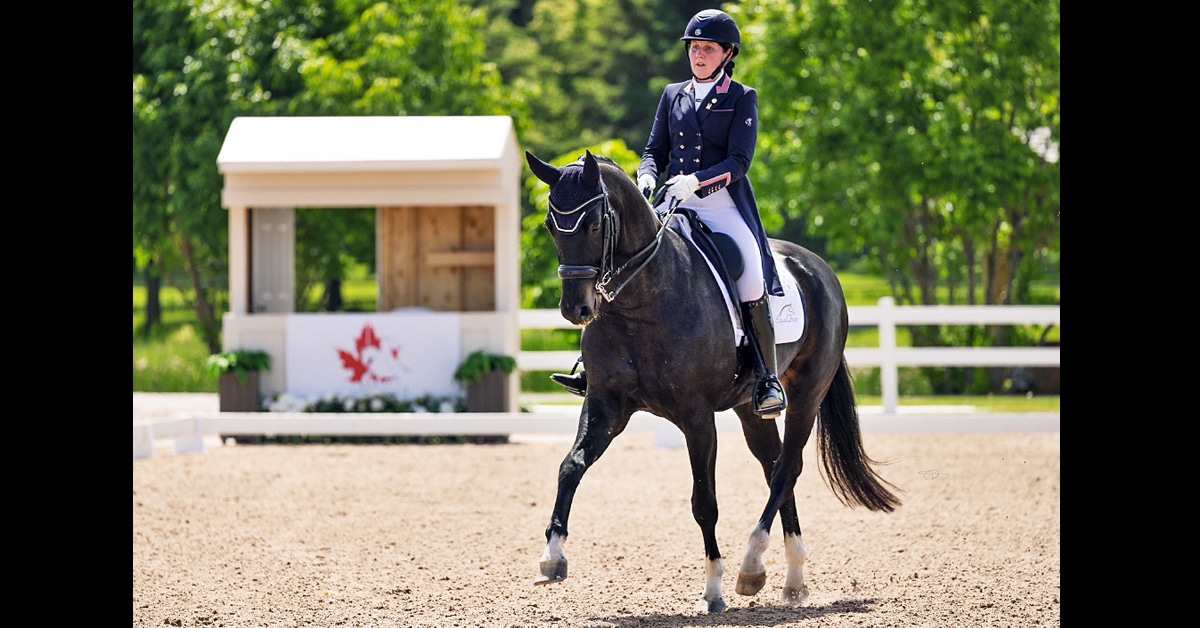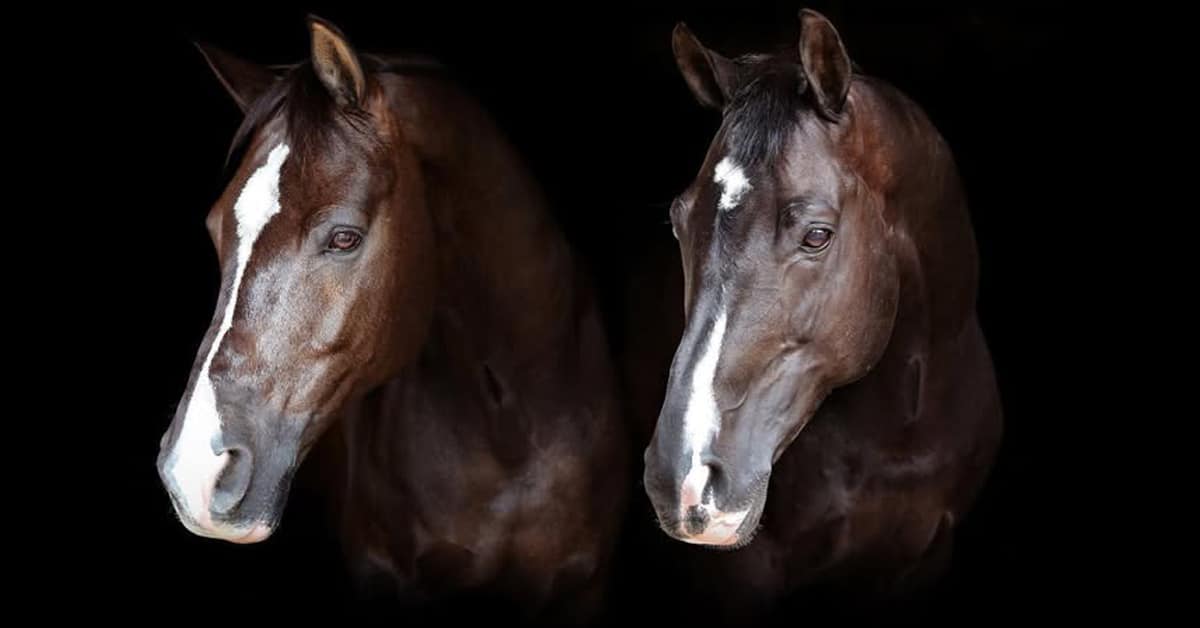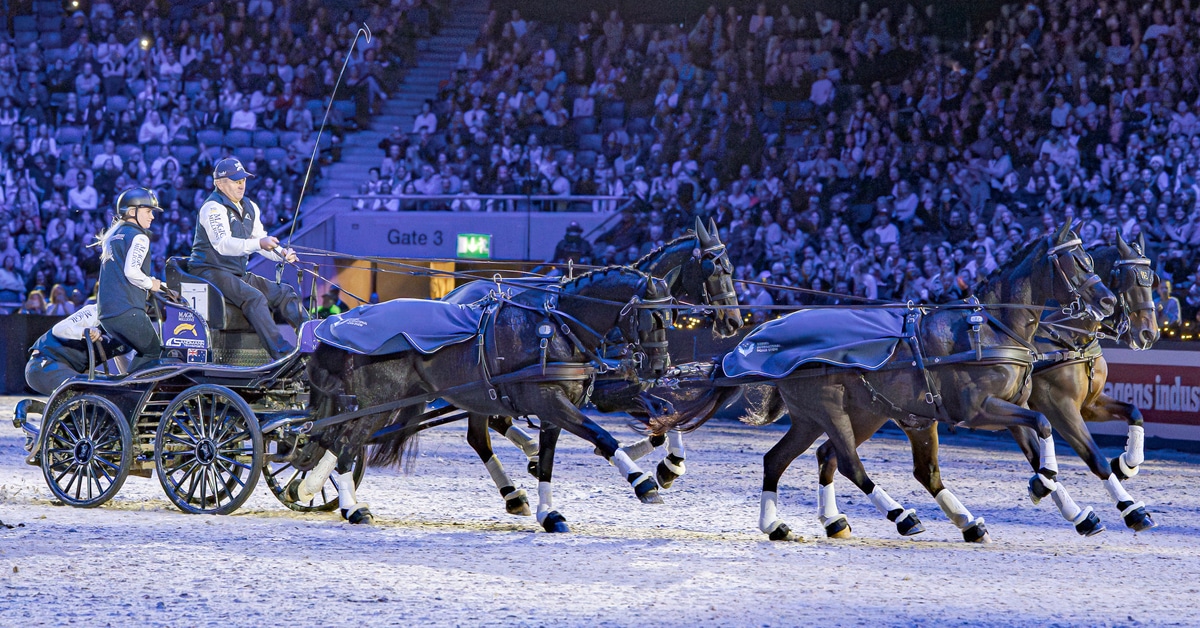The FEI is addressing “as a matter of urgency” instances of amputation of the lower limbs of Middle Eastern endurance horses, videos of which have provoked horror and disbelief on social media.
Islam teaches that animals must only be killed if there is a human need, which causes a dilemma invariably solved, though rarely openly discussed, by turning unwanted and injured sport horses into the desert to die. Comments posted to the videos state that amputation provides a solution to the dilemma without offending Allah’s will. The vast majority so far come from Saudi Arabia, a Sunni Islamic state and one of the more conservative that still applies literal or fundamentalist interpretations of Islam.
World Horse Welfare has queried the justification for putting horses through this “ordeal,” while the FEI said it was “extremely disturbed” by the first three clips, which were sourced by the “clean endurance” online community.
The amputations appear to have taken place in non-clinical conditions.The videos are among a growing number of images showing dead or traumatically injured sports horses now regularly appearing on Instagram, Iconosquare and other social media.
A FEI spokesman told Horse-Canada.com that the relevant national federations have been approached, and that the practice – plus the general treatment of sport horses in retirement – will be addressed at a forum in the Middle East this winter.
The videos make distressing viewing. In one, dated January this year, a bay mare is shown being loaded into a trailer with a missing off fore foot. The caption says the amputation took place after a CEI in Riyadh, Saudi Arabia. The mare is still bearing her ride number, 45.
In the second, a grey with his off fore missing below the knee is shown being led along, slowly. A makeshift prosthetic with a wheel is attached to his stump. This video was posted by the Asayel Al Kuwait Endurance Team.
In the third, posted in September, a grey horse’s near fore has just been removed below the knee and remains undressed. The limb is then waved in front of the camera. The same poster provides a still image of the horse immediately after his accident, supported in a hoist at the road-side.
FEI endurance director Manuel Bandeira de Mello said: “Amputated horses are at considerable risk of long-term complications. We are taking this matter extremely seriously, and we are addressing this with the relevant national federations as a matter of urgency.
“All member Federations are bound by the FEI Statutes and agree to abide by the FEI Rules and Regulations, which specifically includes the Code of Conduct for the Welfare of the Horse.”
Roly Owers, chief executive of World Horse Welfare said: “This development is very troubling and will do nothing to improve the reputation of equine welfare within some areas of endurance.
“Amputations in horses are not unheard of, but are still very uncommon, and there are huge potential welfare implications. One has to ask what is equine welfare justification for putting them through this ordeal compared to humane euthanasia?
“And above all, nothing should detract from what must remain the primary focus here, namely the reduction in the incidents of fractures in endurance across the board.”
FEI Rules and Regulations encompass the Code of Conduct for the Welfare of the Horse that demands that ‘horses must be treated sympathetically and humanely when they retire from competition.’ ”
Injured horses must be collected by ambulance and transported to the “nearest relevant treatment center for further assessment and therapy” and given “full supportive treatment” before transportation. If injuries are “sufficiently severe,” a horse “may need to be euthanized by a veterinarian as soon as possible on humane grounds, with the sole aim of minimizing suffering.”
The videos also highlight how some of the many thousands of horses exported to the Middle East for Thoroughbred racing, Arab racing and endurance unavoidably end their days in Saudi Arabia, to which they have been acquired, often gifted, from neighbours such as the UAE and Qatar.
In Saudi Arabia no re-export is allowed, save for “visiting” horses for international events who can stay a maximum of 30 days, in a special isolation zone throughout.
Saudi Arabia is a vast land mass occupying most of the Arabian peninsula. It covers 830,000 square miles, dwarfing the United Arab Emirates (33,000 square miles), Qatar (4,440), and Bahrain (a tiny island of just 296 square miles.)
The Saudi authorities are thus unable to effectively monitor or control horse movements and so cannot satisfy OIE requirements for, among other highly feared diseases, African Horse Sickness and Glanders.
It is, therefore, virtually impossible for Saudi Arabia to host a genuine international competition. Many of their domestic horse sports have developed in an isolationist, and relatively unregulated way. Veterinary cover at non-sanctioned events is rare.
While not involving amputation, another video which has gone viral shows a grey with a bi-lateral fracture. The FEI has established the incident took place at an Arabian race meeting in Saudi Arabia. The video shows him after having been winched into a trailer with rudimentary bandages on his legs. There are earlier image of the horse lying in the sand with the broken bones and tissue exposed. Comments in Arabic note there was no medication on site, and express sadness for the horse. One suggests euthanasia.
Animal euthanasia was recently discussed by the Daruliftaa Institute of Traditional and Contemporary Islamic Jurisprudence, based In Leicester, UK. It noted, a “difference of opinion between classical jurists”. The authors concluded that “killing an animal without a reason is unlawful and sinful, but permitted due to need or to gain benefit. This ‘need’ includes an animal becoming severely sick such that there remains no hope in it recovering, and as such, it would be permitted to have it killed to end its suffering and pain.”
More News










